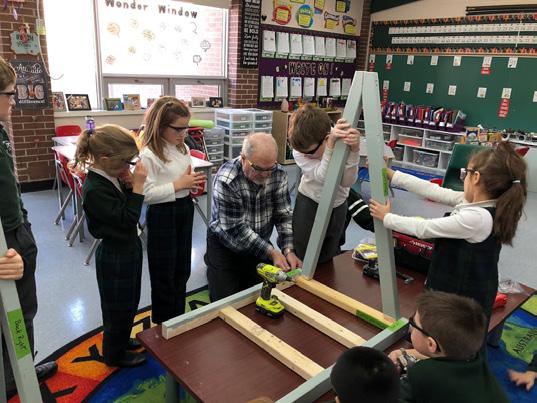
EXAMPLES OF LESSONS SHOWCASING A VARIETY OF PEDAGOGICAL APPROACHES

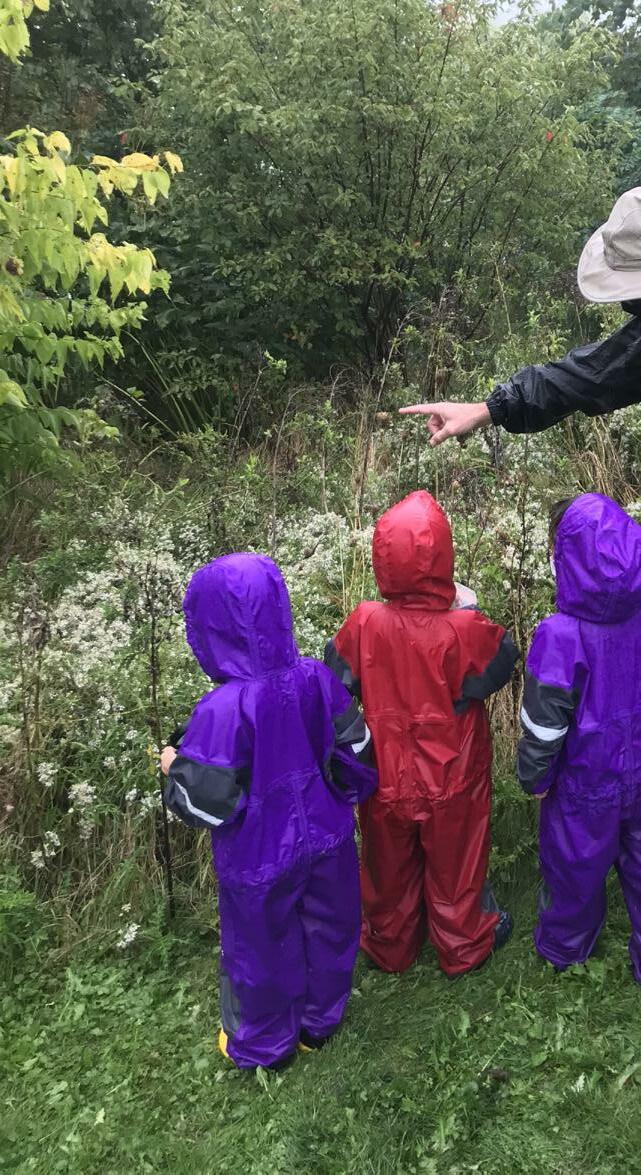
JK/SK BIOBLITZ EARLY EDUCATION Link to Full Lesson: https://drive.google.com/file/d/1YjMrUF_XNCOJCT44u5JS3xLBoXxn_85d/view
Students were asked: What are some of the things I might notice at HSC when I explore?
Students then made predictions about what they thought they would see. As they explored the campus, they had conversations about what they were noticing and wondering. The activity concluded with a reflection on their learning.




GRADE 4 PERSONIFICATION PROJECT EARLY EDUCATION Project Description: https://drive.google.com/file/d/1YKF26O22ajsQz_xHCurOpX8AFwnmd21y/view
Student Product Video: https://drive.google.com/file/d/1YdObPxGS1p5uQMwOe62UOcWMqXMG2wZM/view
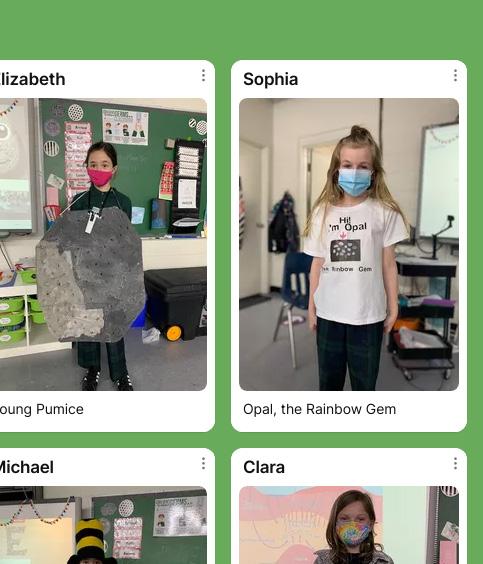
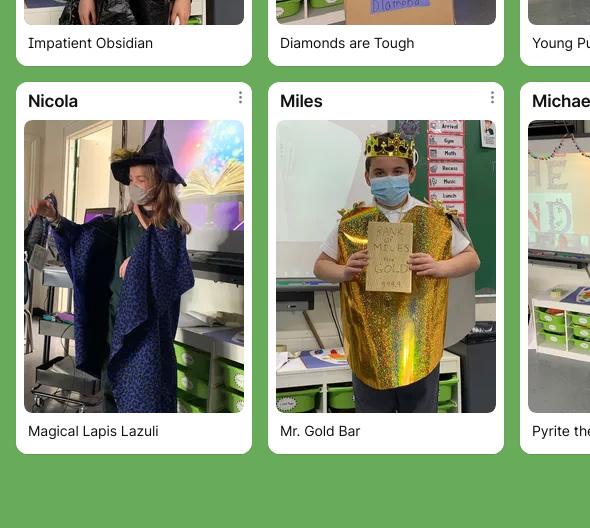
Guiding Question: How might we give human characteristics to a particular rock or mineral (personification) to teach others about that rock and its journey through the rock cycle?
EDUCATION


EXPERIENTIAL LEARNING OPPORTUNITIES EARLY
We are working on making our outdoor campus a part of our learning environment. We involve students in planting to learn about why it is important to plant native species on our campus and how to make our campus more biodiverse. Teachers regularly go on nature walks or teach lessons outdoors. Finally, we bring the outdoors into our classrooms through planting and other ways.


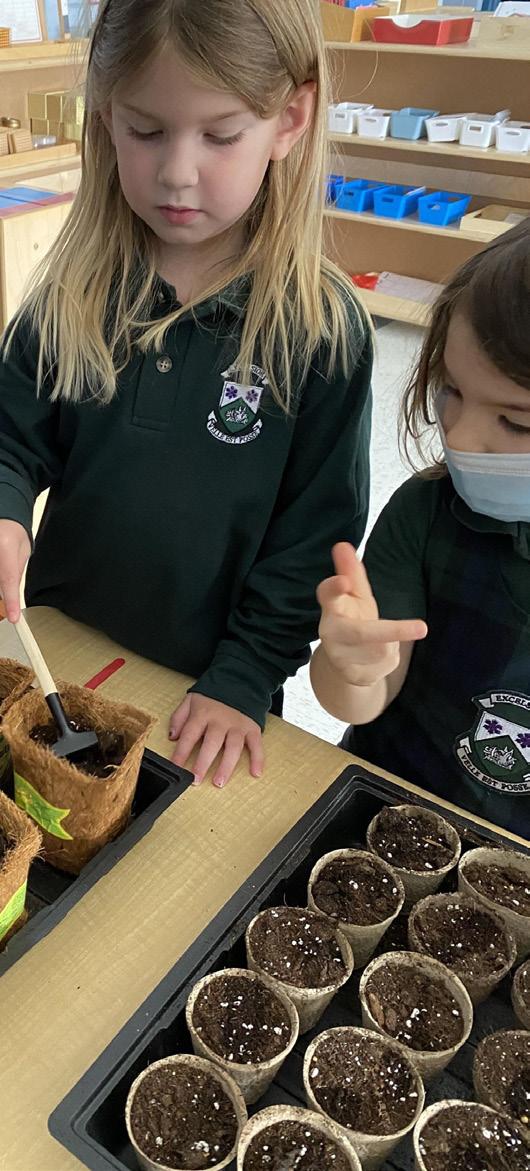
GRADE 3 BIRD’S NEST CHALLENGE EARLY EDUCATION Project Description: https://drive.google.com/file/d/1ZREsCUDSGtutMAFh5UQowe6h8FLvN8Bv/view
Students were challenged to make their own bird’s nest and justify why they thought it would make a good bird’s nest.

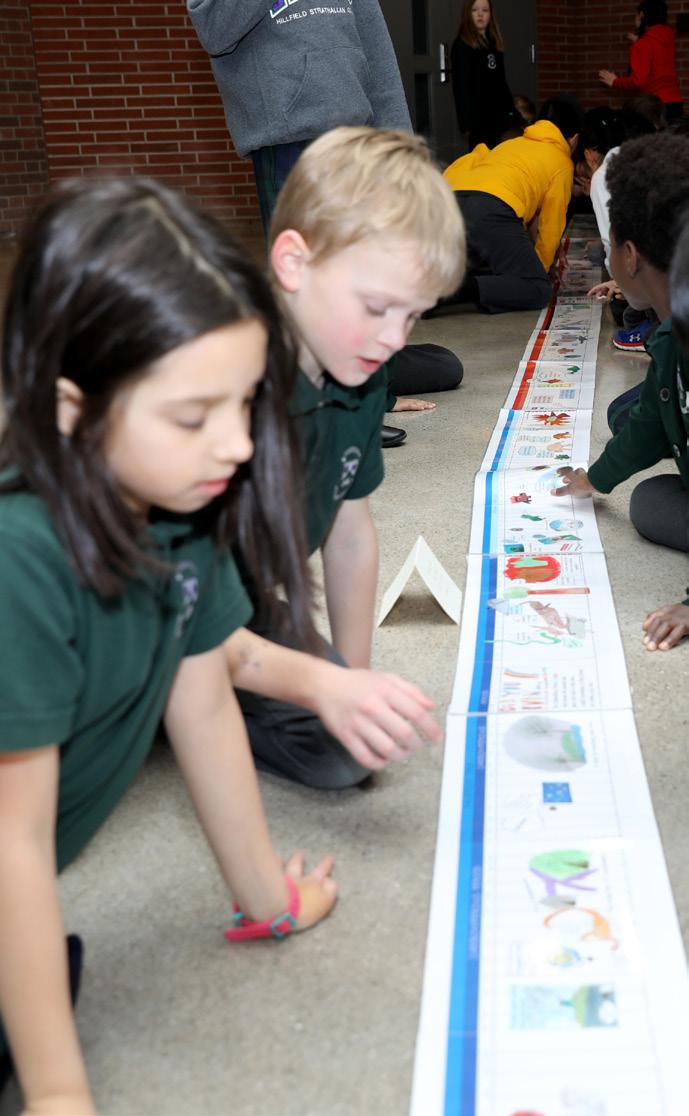
MONTESSORI EARLY EDUCATION
The philosophy of the Montessori program centres around the child. Teachers are continually using a variety of pedagogical approaches to support individual learners in the classroom. Teaching takes place through the use of materials to support the learner. Examples are number rods, the pink tower, sandpaper letters and numbers, golden beads, and the timeline of life.

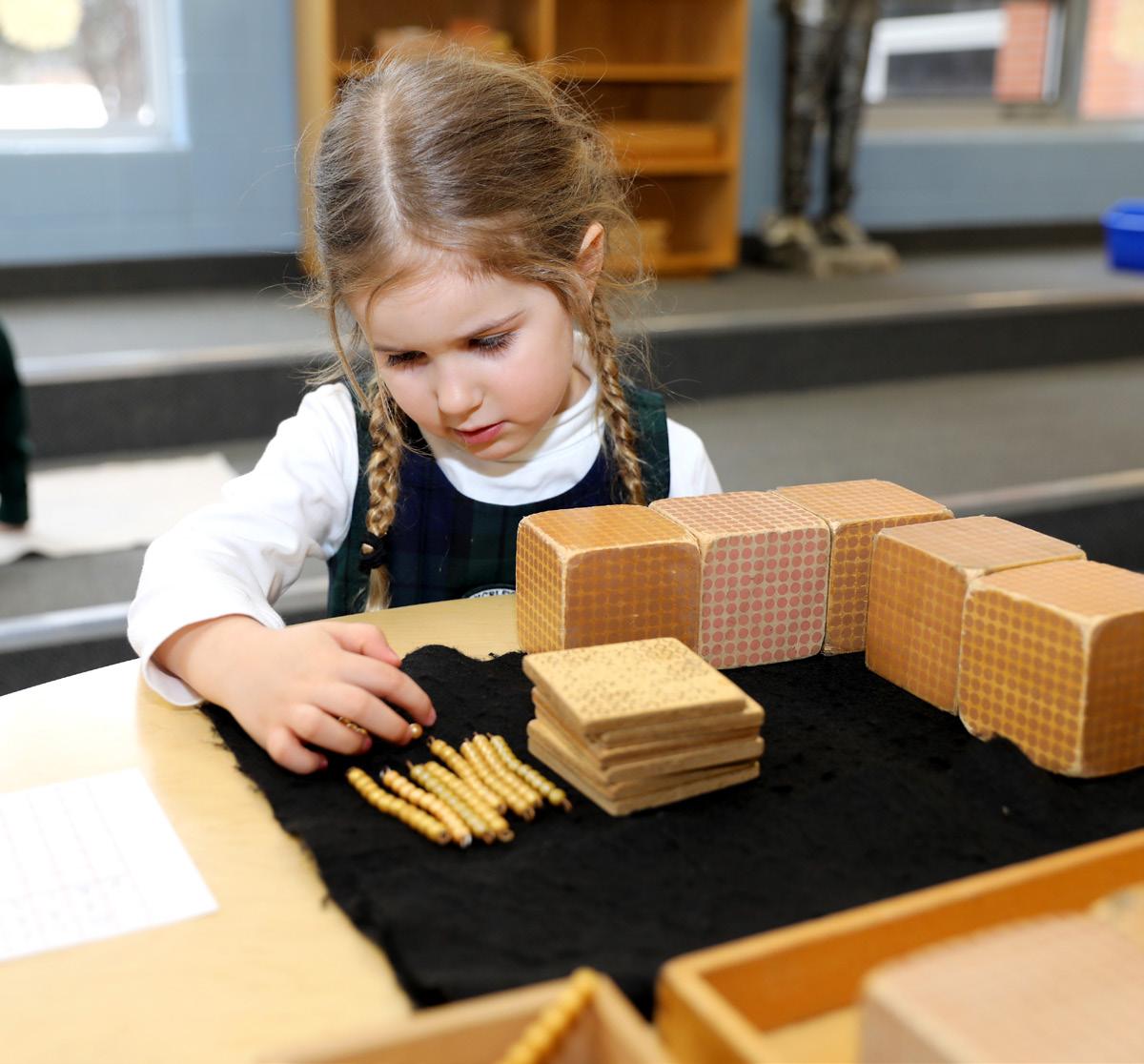



GRADE 8 SOUNDSCAPES MIDDLE SCHOOL Introduction: https://docs.google.com/presentation/d/18OEt3LYSw_di1HiuIg7gyufIco_3aj8BIVNHKGw8At0/edit#slide=id.p
Students were asked to work as a group to gather sounds from their natural surroundings and assemble them into a “soundscape” inspired by the circular principles of the Indigenous medicine wheel.
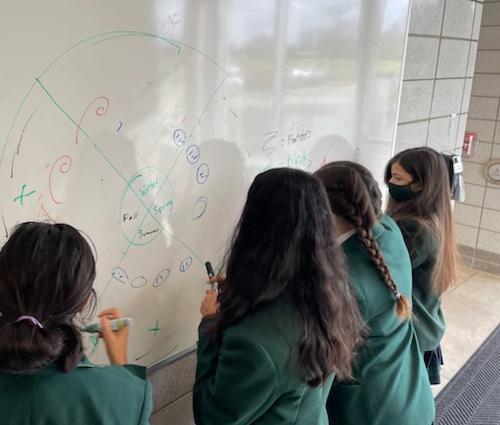

Instructions:
https://docs.google.com/document/d/1nRNAxRNnvet0nU-IxHknG43bC7IWNLyDjUQun_uh3CM/edit
Science
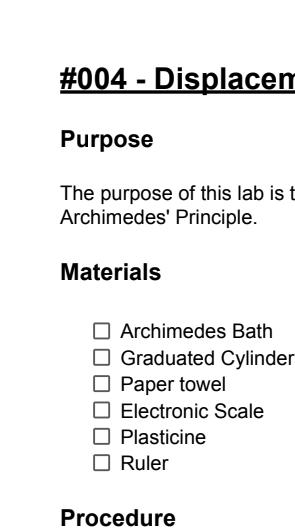

GRADE 5 SCIENCE LAB MIDDLE SCHOOL
Lab: https://drive.google.com/file/d/1yx5ySdStbqW--a05r6BkyjTcV307uRyN/view
Students were tasked with investigating Archimedes’ Principle to find the volume of irregular shapes.
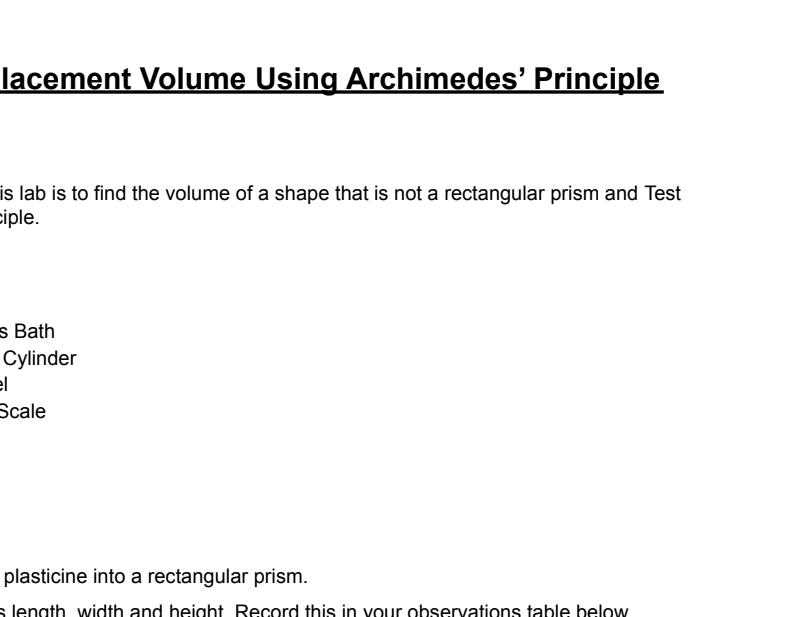
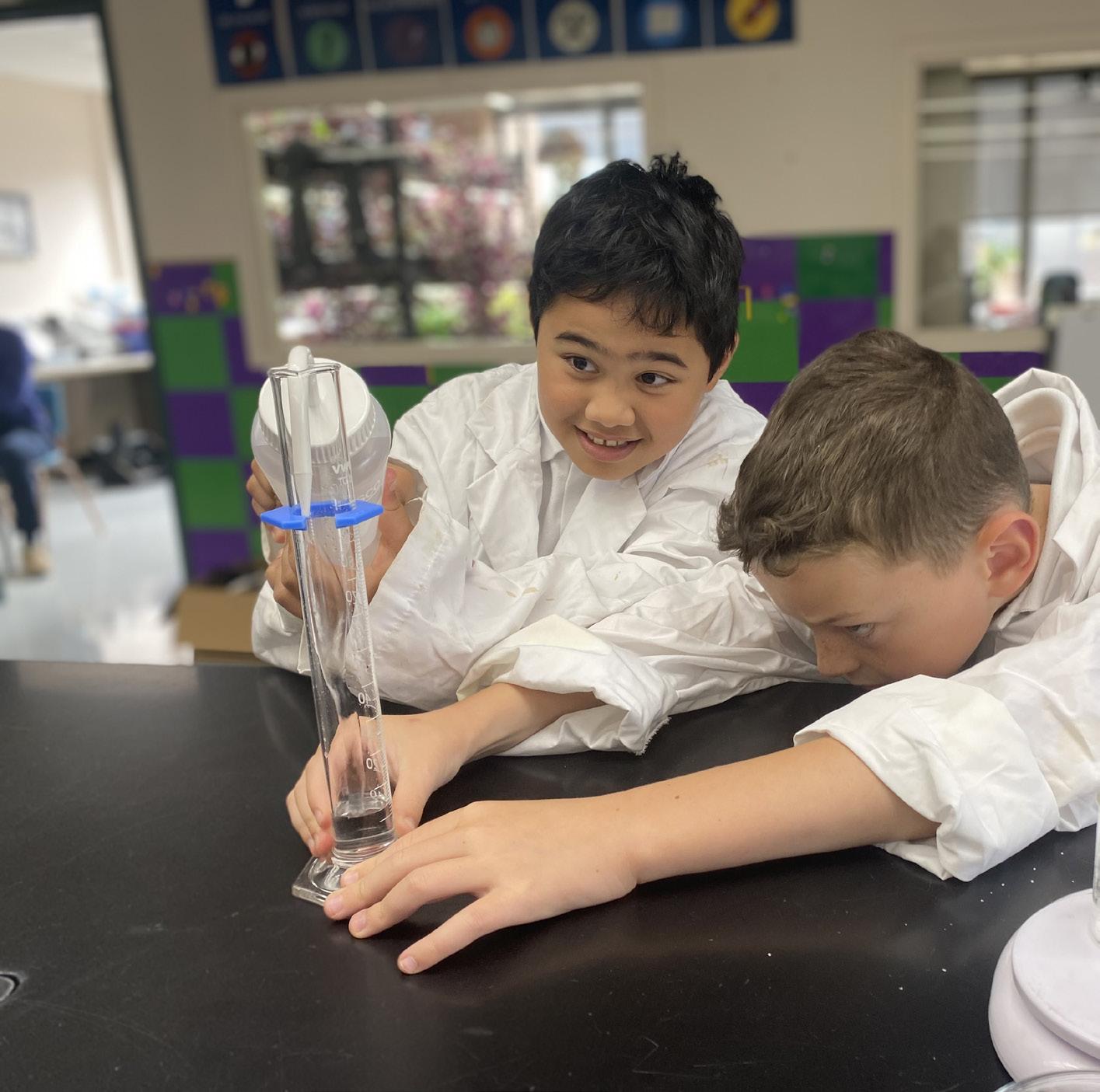


GRADE 6 ART/ENGLISH A PICTURE IS WORTH A THOUSAND WORDS MIDDLE SCHOOL Lesson Plan: https://docs.google.com/presentation/d/136TMOqCCFpgXGgbsDyALhxmdhoFpuKdjWLDWHdZ6VKU/edit#slide=id.p
This was an interdisciplinary partnership between English and art in which students were tasked with writing short stories based on visual prompts. They then created their own images to match their stories. The stories and pictures were put into a published book to share with others.

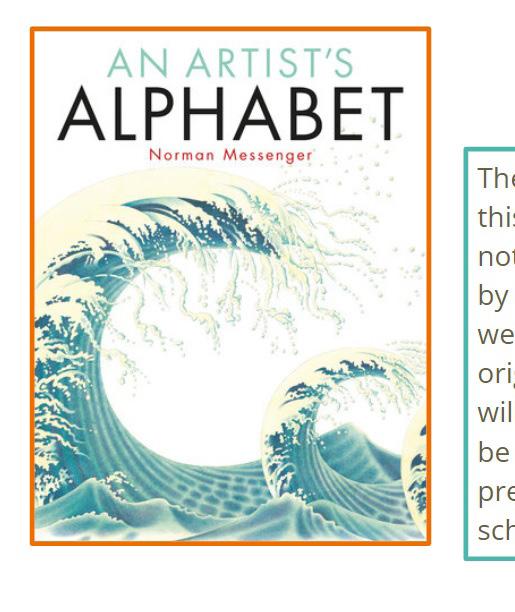
MIDDLE SCHOOL
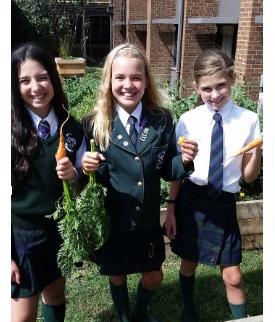
Project Launch:

https://docs.google.com/presentation/d/1YmolKK2leWznPHGGFzOuUpWvSG9u_VpcFYFhmJerPqE/edit#slide=id.gd00a04e8dd_0_139
Project Outline:
https://docs.google.com/presentation/d/1z4lml8w9qJo6aq-89AFdL7OqLvIgg6ew8JT-tnMjiY0/edit#slide=id.gcc36741d74_0_0
GRADE 6 DREAM BIG PROJECT
Students embarked on an interdisciplinary course of study culminating with creating a design for an outdoor learning space.
Students were challenged to design a space that accounts for planting and biodiversity, seasonal usage, cross-curricular functionality, and accessibility.

Dream Big Student Video: https://drive.google.com/file/d/1cOLbtEmWRZKG7VQBlFKMeVCWmZzsYQnq/view



GRADE 8 VIRUS PROJECT MIDDLE SCHOOL Project Planning: https://docs.google.com/document/d/1st1ppQoiMz1mVmupwnR0tierJdf0cDD2TpUlE2NPdVs/edit Strategy One Strategy Two Strategy Three Strategy Four Strategy Five Strategy Six Strategy Seven Strategy Eight Strategy Nine Strategy Ten 1. 2. 3. 4 5 6. 7. 8. 9. 10. RECOMMENDED STRATEGIES
SOURCES
https://www.cdc.gov/ https://www.astrazeneca.com/
https://www.ducksters.com/science/biology/im mune_system.php
https://www.livescience.com/worst-epidemicsand-pandemics-in-history.html


https://www.bloomberg.com/graphics/covidresilience-ranking/
Pandemic Planning
to deal with a fictitious pandemic in the year 2050. This was a transdisciplinary project in which teachers from science, social studies, math, and English worked together.
Project Overview:
https://drive.google.com/file/d/1z1EGfCiOdjqWrTLAGUUwZXNlj69zi6tm/view

R E C O M M E N D A T I O N S T O
S T O P T H E S P R E A D
"We are in this together and we will get through this together"
1802 Group 2: Person 1 , Person 2 , Person 3Contact us
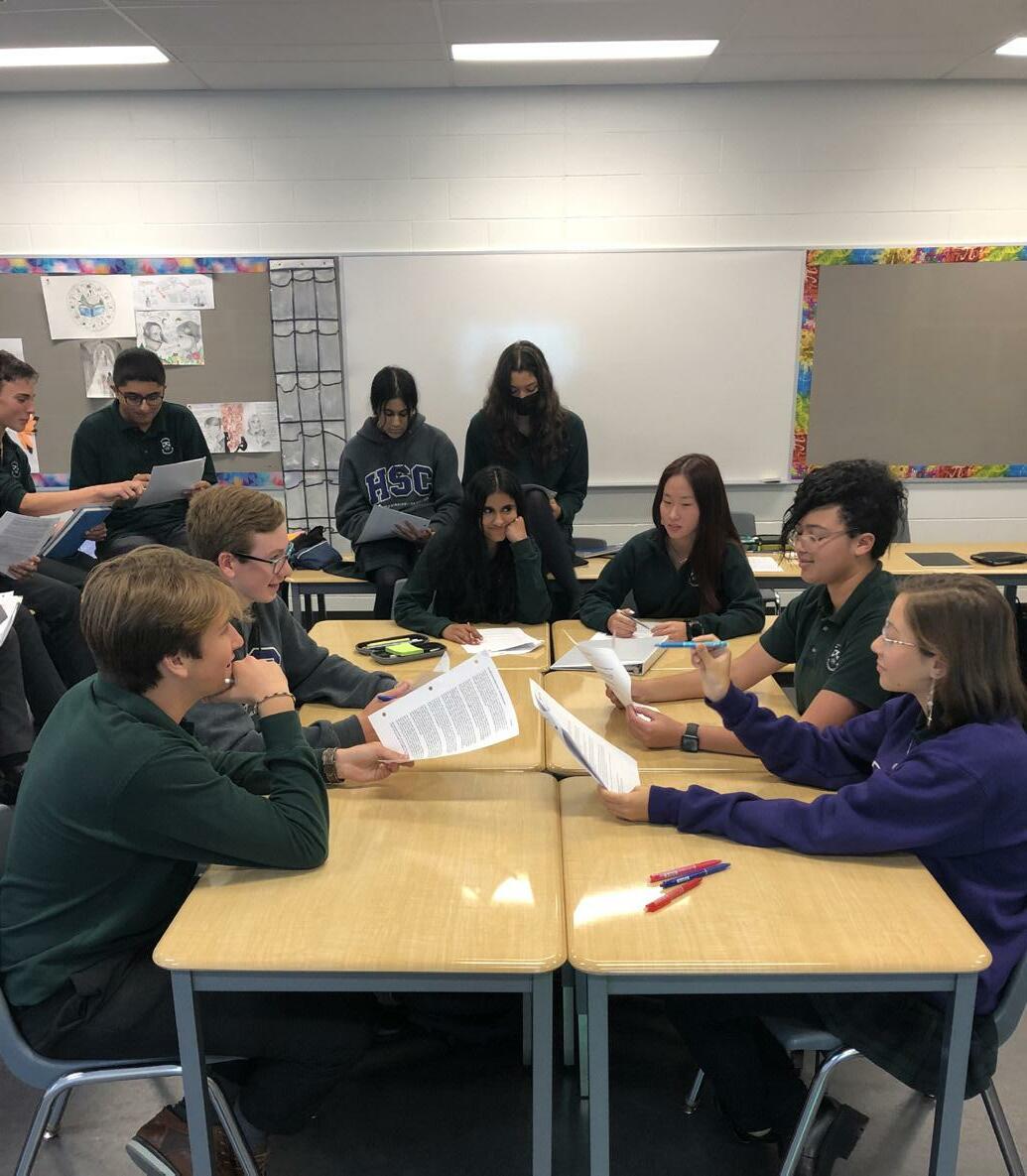
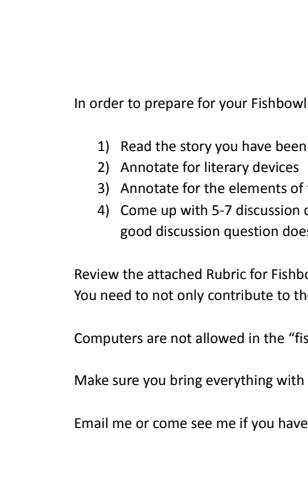
GRADE10 ENGLISH FISHBOWL DISCUSSION SENIOR SCHOOL Project Planning: https://drive.google.com/file/d/1ze_0vbgc52Wgj5_0reVs-SLUe-gfpqpQ/view
Students are separated into an inner and outer circle. In the inner circle or fishbowl, students have a discussion; students in the outer circle listen to the discussion and take notes.



GRADE 12 CALCULUS SENIOR SCHOOL Worksheet and Rubric: https://drive.google.com/file/d/1zfCjNLTR9Emc_1AT1G6edohqr1mS7FbL/view?usp=sharing
Students were tasked with determining if a household cylindrical container maximized its volume and minimized its packaging.
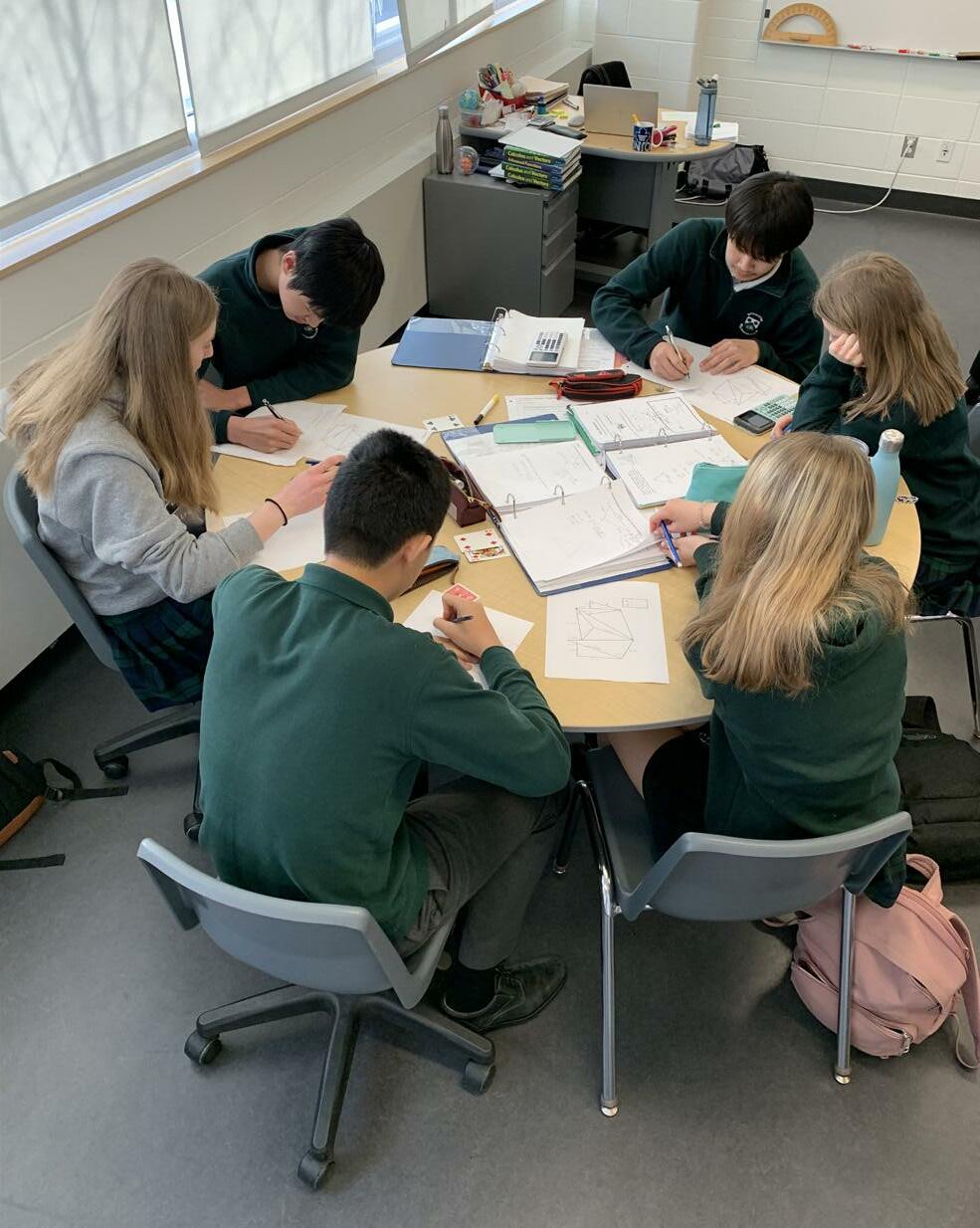
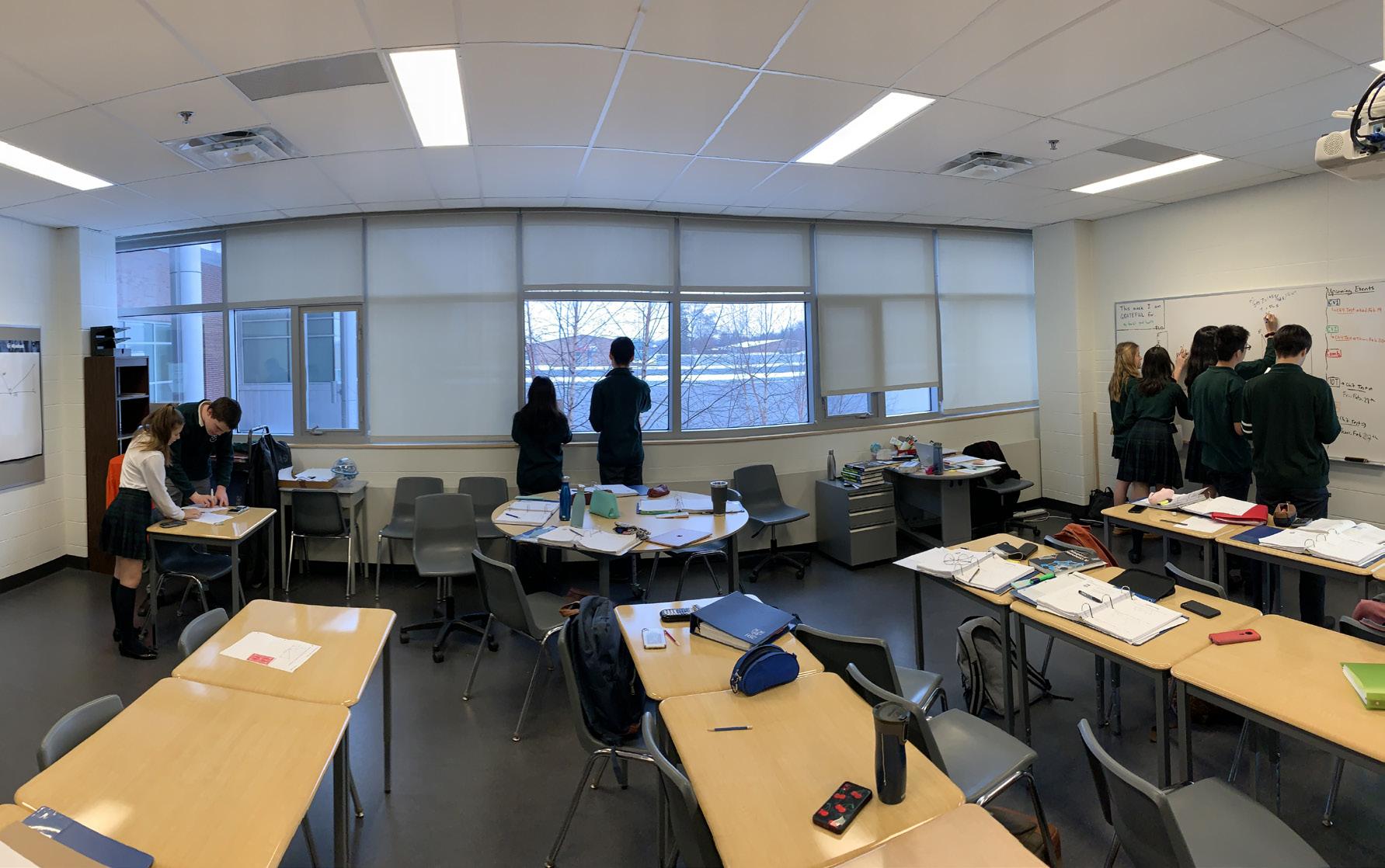
Instructions/Rubic:

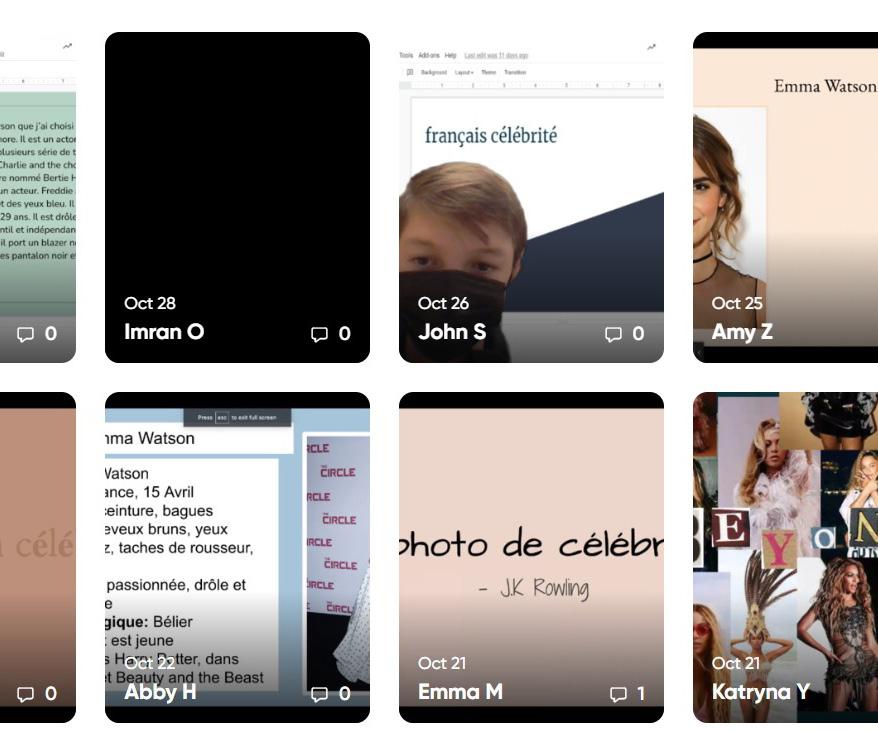
GRADE 9 FRENCH SENIOR SCHOOL
https://docs.google.com/document/d/1v4zXdQmJfAVHR3GnZTtlYK958oP-NKhM3S29o2bLkfw/edit
This was an activity in which students were working on incorporating descriptive language into their sentences. The students needed to use French language to vividly describe a celebrity and they got peer feedback on their writing.


SENIOR SCHOOL
Game Outline: https://docs.google.com/document/d/1zNp5ZkDSYLZLhZTzkdOvz4--j6jAdIA-/edit


GRADE 9 MATH
Students played a Bean Game to introduce budgeting and financial literacy.


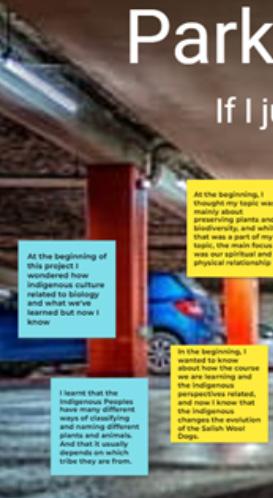
GRADE 11 BIOLOGY SENIOR SCHOOL Project Outline: https://docs.google.com/presentation/d/170YzlDozINf_aCtOy3JYRT3lHh5clPrNrwvmot4g8-M/edit#slide=id.g10bc7add6b5_3_0
Students were asked to revisit the topics covered in the course through the lens and perspectives of the Indigenous Peoples (First Nations, Métis, and Inuit) in order to foster opportunities to enrich their understanding of the natural world in which they live and about living things (the subject of Biology).


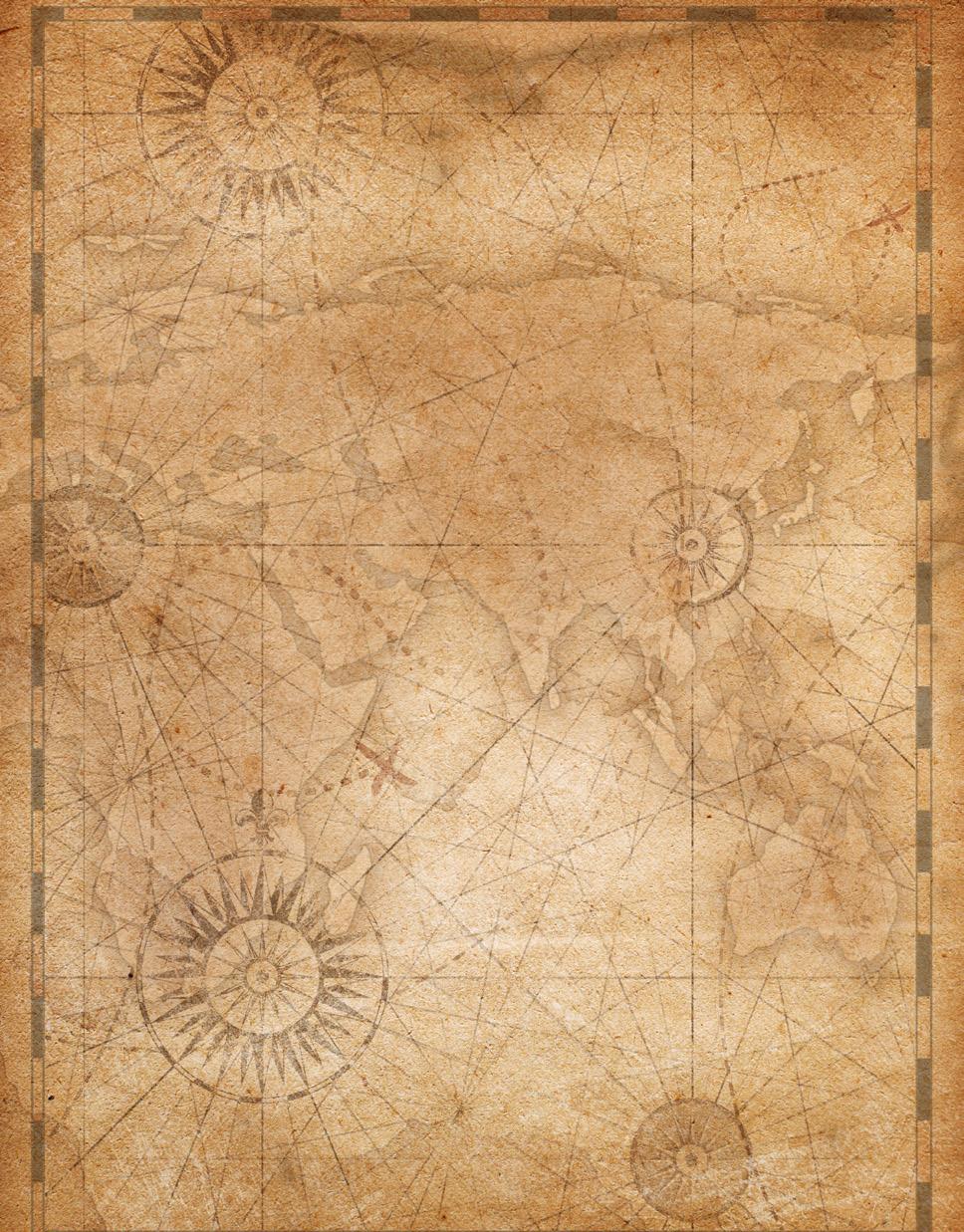

GRADE 10 HISTORY SENIOR SCHOOL Weapons Auction Instructions: https://drive.google.com/file/d/18H0hVPILyKVO1z-avPOBzL813qNirk_h/view
In Grade 10 History students take part in a variety of historical simulations to learn course content in a more practical way.
In each simulation, students develop their negotiation and problem-solving skills as they face some of the challenges experienced by politicians and business people in history.

Negotiation Game Instructions:
https://drive.google.com/file/d/18Hit39YI1LCfIdIjWnhtpVgqKPfwuCzF/view

The following pages are a few examples of PBL that took place at HSC:
PBL @HSC
geomun PROJECT
LEVERAGING STUDENT-TO-STUDENT LEADERSHIP TO ADDRESS CLIMATE CHANGE
How might we keep rising temperatures within 2°C above preindustrial levels?
OVERVIEW
Through interdisciplinary collaboration between science, geography and model UN, students deeply investigated the climate change experience of a country elsewhere in the world. Their inquiry culminated in a United Nations simulation led by members of HSC’s MUN team.




THE PROCESS
This project is in its third year and benefited from some aspects of the PBL framework. Students followed structured inquiry steps to choose their topic, research essential questions, and develop a multilateral plan for climate action. In the past, students penned a position paper to consolidate their learning before engaging with other model UN protocols, but this year we decided to focus on speech writing and debate preparation for the GeoMUN event.
THE FINAL PRODUCT
Student learning was made visible through the delivery of their speech and debate participation. They then collaborated in small groups with like-minded delegates to co-develop preambulatory and operative clauses as part of a working paper, which was presented and voted upon to pass as a resolution.
TEACHERS INVOLVED
John Bulger, Jeff Whittard, Jan Morrison
A special thanks to: Our amazing model UN student leaders who volunteered their time to facilitate the event this year. In no particular order, they included Vincent Tang, Paul Drakos, Ibrahim Iftikhar, Kristen Nassim, Vikram Arora, Oyin Ayibiowu, Steven Vujicic, Alyssa Spaan, Zainab Iftikhar, Mowa Ayibiowu, Sachee Vora, Matteo Larrazabal, Alison Pang, and Zahra Panju.
nStudents engaged with real-world problems (climate change) and solutions (Paris Agreement)
n Students were motivated to take creative risks with their participation knowing their ideas would become “public”
n Learning came alive during a flipped conference for students and by students with minimal teacher interaction
ONTARIO! YOURS TO DISCOVER
GRADE 3 ONTARIO BEAR PROJECT
What makes Ontario a great place to visit?
OVERVIEW
The Grade 3 students learned about the “Living and Working in Ontario” Social Studies Unit through a PBL exploration inspired by the arrival of two stuffed bears to their classroom. These bears came with empty suitcases and a desire to explore Ontario, but no idea where to go.
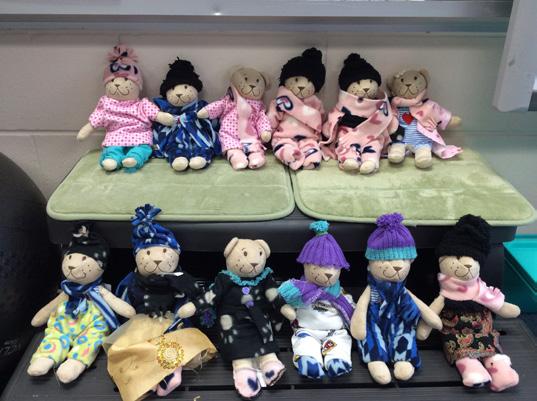
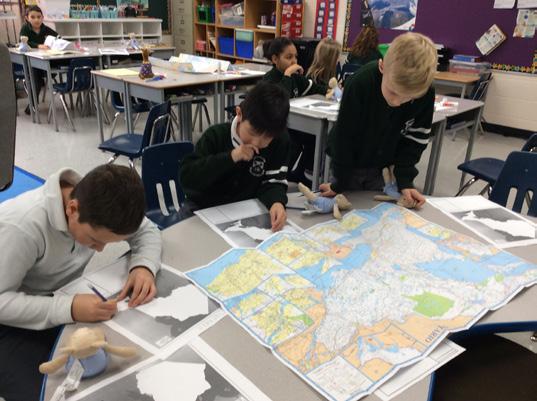
THE PROCESS
One day, little bears named Carl and Cupid, showed up with empty suitcases and no idea of where to go in Ontario. Suddenly, 25 other bear buddies arrived with the same dilemma. From here on in, students experienced many activities involving such skills as mapping, researching, and writing itineraries as they pursued the action of selecting three places in Ontario that their bears could visit. A highlight was a visit from Mr. Jim Hill and his bear, Misty, from Niagara Parks who came to speak to us about the beautiful Niagara region. Creativity was at a height as students busied themselves, creating warm cloth ing and items to pack for the upcoming bear trips. Miniature maps, Bear Air, train and bus tickets were acquired, and each bear even received their own bear debit card! All accommodations were provided by Bear B & B. The day finally arrived when 27 bears boarded an HSC bus and set off for a wonderful adventure to various locations in Ontario amidst student cheers, tears, and best wishes.
THE FINAL PRODUCT
The project culminated with each student’s bear getting on a school bus and travelling to three places in Ontario as chosen by the students. The Grade 3 students learned why Ontario is an amazing place to live, and it all started with two little bears with empty suitcases.
TEACHERS INVOLVED
n Engaged student learning
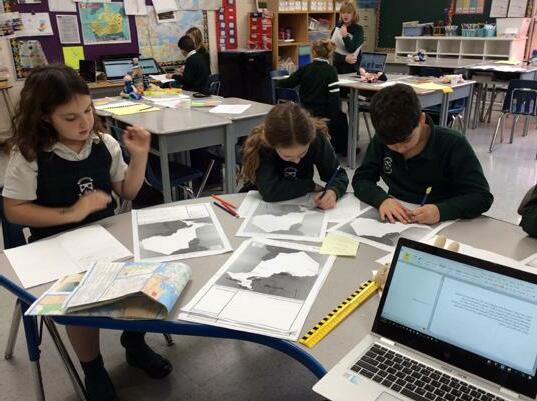
n Multiple opportunities for creativity to flow
n Students learned about “Bear Care” and a personal bond was established with their bears
 Susan Giordano, Cathy Lazier
A special thanks to: HSC students, faculty and administration staff and members of our transportation department who gave of their time to assist, prepare, and ensure that our bears had a safe and fun trip. Special thanks go to Amanda Rogers, Mark Mitchell, Shailau Spivak and Kim Ayotte for their support in our journey.
Susan Giordano, Cathy Lazier
A special thanks to: HSC students, faculty and administration staff and members of our transportation department who gave of their time to assist, prepare, and ensure that our bears had a safe and fun trip. Special thanks go to Amanda Rogers, Mark Mitchell, Shailau Spivak and Kim Ayotte for their support in our journey.
space expo

OVERVIEW
HSC’s Grade 6 Middle School students went deep into space to learn about celestial bodies, relay satellites, space junk, stellar life-cycles, and other profoundly extraordinary subjects. They also modelled aspects of their projects to help interpret and demonstrate their learning.



THE PROCESS
The academic skills focus for this project was on finding quality information that was accurate and understandable. We also learned what it was like to travel in space as a crew member and as a mission control specialist when we visited the Challenger Learning Centre at the Ontario Science Centre. The biggest challenge for our projects back at school was learning how to confidently interpret celestial bodies or space phenomena to an expert audience.
THE FINAL PRODUCT
Final products ranged from classic celestial body and system models to real dry ice comets, from space theatre boxes to a geodesic dome planetarium, and from black hole event horizons to an understanding of the technologies, such as rockets, that got us into orbit in the first place.
TEACHERS INVOLVED
A
PBL
How might we better understand our universe with the help of a model?
John Hannah
A special thanks to: parents, support staff, teachers, and experts from McMaster University’s Physics and Astronomy Department and members of the Hamilton Amateur Astronomers’ Club who provided wonderful expert feedback to our students.
n Project involved deep learning for students
n Students were required to use creative problem-solving
n As the project unfolded, the students learned the importance of accuracy
GRADE 6
EXPLORATION
Biodiversity at hsc
LEARNING AND TEACHING ABOUT NATURALIZED AREAS
How can we assess the impact of invasive species on a balanced ecosystem and educate the HSC community about the importance of increasing the biodiversity on campus?
OVERVIEW
Grade 9 science students assessed the impact of invasive species on natural habitats. Then, they educated the HSC community about the importance of our naturalization area as an effective way to restore the native biodiversity on campus.


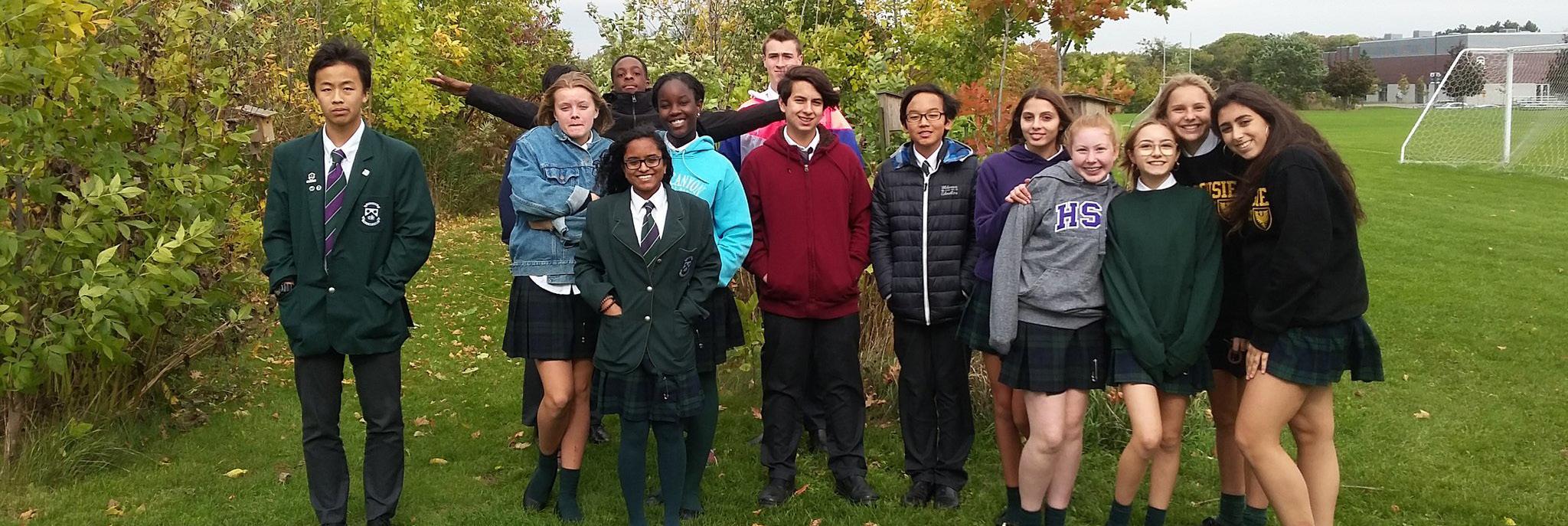
THE PROCESS
Each student became an expert on a native species at risk and on an invasive species that are present or could be found on campus. They produced portfolio items based individual research and on outdoor studies in both the Royal Botanic Gardens and in the HSC naturalization area. Each grade 9 class developed specific strategies for one particular segment of the College community to address the importance of having a naturalized area on campus, including a plan to reintroduce one native species of plant. From formal presentations and educational videos, to games and fun activities, HSC members from all ages have now a better understanding about the importance of restoring the campus native biodiversity.
THE FINAL PRODUCT
Portfolio and educational material for different target audiences
TEACHERS INVOLVED
n Collaboration with all four schools at HSC
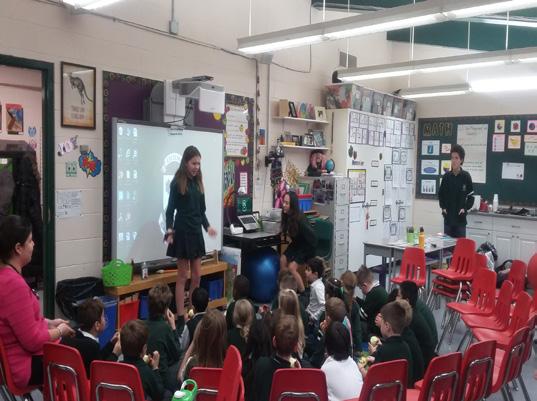 Lara De Lazzari, Chris Dawn, Emily Sheridan, Nathalie Goulet
A special thanks to: The Royal Botanic Gardens for the custom made educational programs, Jordan Allum for the ideas on group dynamics, John Hannah and Paul O’Hara for helping with the selection of the species, Dr. Moffatt for creating the HSC naturalization area, and the College administration for support in using outdoor spaces for environmental education. Finally for our incredible audience: Montessori, Junior and Middle Schools, and senior school administration.
Lara De Lazzari, Chris Dawn, Emily Sheridan, Nathalie Goulet
A special thanks to: The Royal Botanic Gardens for the custom made educational programs, Jordan Allum for the ideas on group dynamics, John Hannah and Paul O’Hara for helping with the selection of the species, Dr. Moffatt for creating the HSC naturalization area, and the College administration for support in using outdoor spaces for environmental education. Finally for our incredible audience: Montessori, Junior and Middle Schools, and senior school administration.
nStudents experienced a teaching/learning process by translating knowledge to a specific target audience
nHSC community will better understand the importance of having a naturalized area on campus
TRAnslating knowledge in biology
THE DIGESTIVE SYSTEM PROJECT
n Project involved a partnership with McMaster University
OVERVIEW
In a collaborative work with McMaster University, grade 11 biology students researched about digestion, specifically a disease related to the digestive system, and created a video to effectively communicate complex concepts to their target audience in a simplified way.

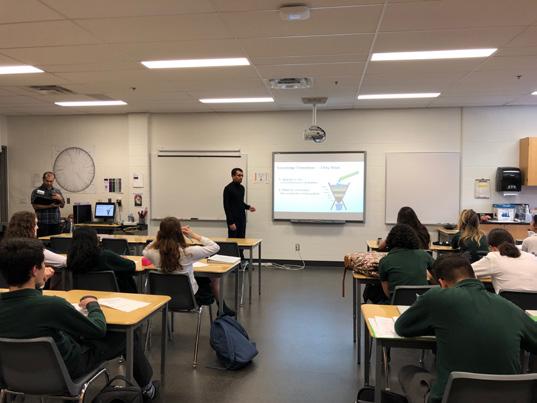

THE PROCESS
Students selected specific expectations from the curriculum to create their own learning goals for the unit. In an ongoing process of asking questions, finding resources, and creating research notes, students constantly reflected on their learning. The feedback provided by regular student-teacher conferences gave them the opportunity to revise, implement adjustments, and improve their work. Then, in a collaborative effort, students chose a disease related to the digestive system and used their creativity to translate their knowledge to their target audience (grade 10 students).
THE FINAL PRODUCT
The project culminated with a video showcase to peers and also to the target audience (grade 10 students). The video was also posted in the Demystifying Medicine Seminar Series at McMaster University.
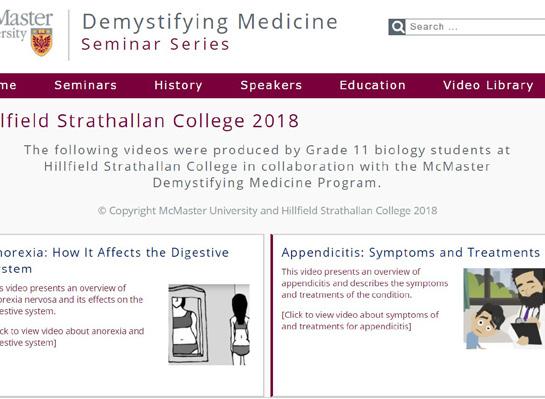
TEACHERS INVOLVED
n Students received feedback from their peers and from their target audience
How can I can model the role of a medical scientist by translating knowledge to a target audience to help in making positive health choices?
Chris Dawn, Lara De Lazzari
A special thanks to: Dr. Kjetil Ask and Hamza Khan ’16 from McMaster University for the workshop to students about Knowledge Translation.
n Students were selfdirected and engaged in the learning process by creating their own learning goals and success criteria for the unit.
THE MOUSE LIBRARY
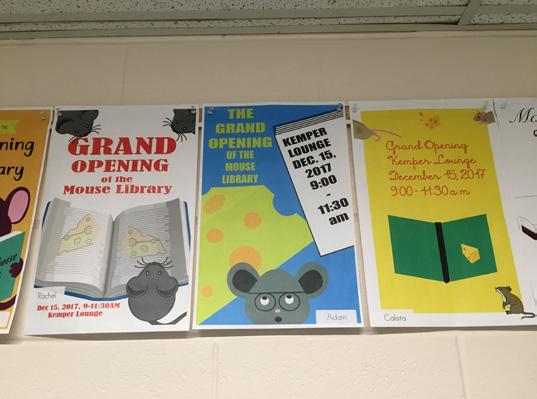
A GRADE 2 PROJECT INSPIRED BY A BOOK
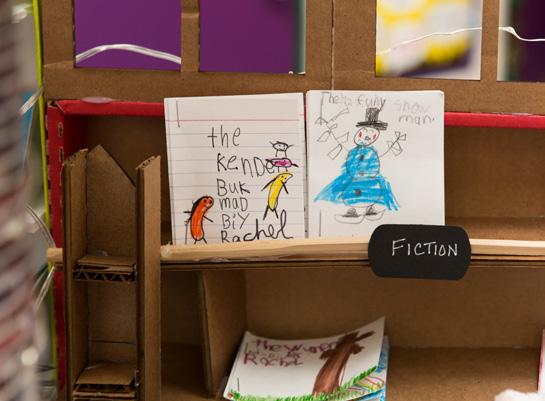
Where can we put the books for our mice?
OVERVIEW
For a lesson on classroom expecations, the Grade 2 students were given stuffed mice and read a book called the “Library Mouse”. This book inspired the students to write mini books for mice and then had them wondering, where can we put all of these books we have made for our mice?
THE PROCESS
The project launched with this student generated question and grew into a multi-disciplinary project that involved designing and building a mouse library. From writing books for the mice, to writing persuasive letters, to leading library tours and practicing presentation skills, many English skills were learned. Stu dents also needed to apply the math they were learning to design and build the library. Students created “Mousterpieces” and became artists, as well as designers, engineers and authors. Best of all, the project incorporated a great deal of creativity, critical thinking and problem solving. In the end, the students creat ed a 4-story mouse library, complete with: lighting, a fireplace, a laser cutter, 2 elevators, a rooftop patio, a computer lab, a mindfulness zone, a launch pad maker space, a snack zone, a gender neutral washroom, a maintenance shed, a living museum, and many other learning environments, not to mention dozens and dozens of little books.

THE FINAL PRODUCT
The project culminated with the unveilivng of the Mouse Library at a student hosted “Wine and Cheese” event complete with tours of the library for anyone in attendance.

TEACHERS INVOLVED
Lisa Mitchell, Barbara Reade
n Project involved critical thinking, design thinking, problem solving and communication
n Students learned many curricular skills through this crossdisplinary project
n Classroom was filled with excitement and engagement and the project was led by the students’ imagination
A special thanks to: all of the HSC faculty and staff who helped to make this project so amazing! Special Note: this project was published in ThePBLPlaybookby A.J. Juliani
PICNIC TABLE PROJECT
AN AUTHENTIC APPLICATION OF MATH SKILLS
How can we use our math skills to design a functional outdoor classroom space for our peers?
OVERVIEW
Grade 7 math students collaborated to plan, design and build picnic tables to be used for an outdoor classroom space for their peers.


THE PROCESS
The project launched with a field trip to Home Depot to learn about how to build a picnic table and choose materials. Employees from Losani Homes spoke to the students about the connections between math and building. The design thinking process was used to brainstorm potential ideas for the picnic table designs. Then, students applied their math skills and collaborated to design a picnic table using scale diagrams. Measurement and proptional reasoning skills were used to calculate amount of material needed and a budget was created for the design. Groups then presented their ideas to their class and six projects were chosen to move on to the “Trojan Tank”. At the “Trojan Tank” pitches were made to an expert panel and one design was chosen to be built.
THE FINAL PRODUCT
The project culminated with a building day where all the grade 7 students had a role in building four picnic tables to be used by their peers in an outdoor classroom space.
TEACHERS INVOLVED
n Project involved collaboration, communication, creativity and critical thinking
n Students learned about area, surface area, percent, ratio and proportion

n Experts from Home Depot and Losani Homes showed students connections between math and building
 Jill Abrams, Carrie Annable, Tom Stanton
A special thanks to: Mr. Osinga in maintenance for preparing all of the materials, Cameron Curran at Home Depot for our tour, Lorraine Roberts from Losani Homes for her presenation, and Mr. Annable (retired teacher), Mr. Stanton and Mr. Parrott for helping on building day.
Jill Abrams, Carrie Annable, Tom Stanton
A special thanks to: Mr. Osinga in maintenance for preparing all of the materials, Cameron Curran at Home Depot for our tour, Lorraine Roberts from Losani Homes for her presenation, and Mr. Annable (retired teacher), Mr. Stanton and Mr. Parrott for helping on building day.
Grade 2 plant project
AN AUTHENTIC APPLICATION OF SCIENCE AND MATH SKILLS
How can we grow herbs and plants indoors?
OVERVIEW
To learn about empathy, compassion and community, herbs were placed on students’ desks, but as time passed the plants started to die. This upset the class so we set out to figure out why the plants died and what we needed to do to allow our herbs and plants to thrive indoors.



THE PROCESS
To begin to learn about plants and what they needed to survive, we visited the Grade 3 classrooms. We learned a great deal about the parts of plants and our plants stayed in their plant clinic to see if they would do better. We invited a plant expert in from RBG who taught us how to help our plants thrive. We wrote persuasive letters to ask for funds to purchase a light, pots, soil and a tool to measure pH, water and light for our plants. We changed the soil and started collecting data and measuring our plants. We found that they were improving. We realized that we needed to find a way to suspend the light we bought over the plants so in the launch pad we designed light stands. With the help of an expert we voted on the best design and built a life size model to suspend our light. We continued to monitor our plants after the light was installed and they continued to thrive! After such success in our classroom, we wanted to expand our project and continue to grow plants indoors. We learned about aquaponics and hydroponics with Mr. Hannah and wrote a Tutty Fund Grant to install a living plant wall in the Junior School. The grant was approved and our final stage of this project will be planting our living wall in our main hallway.
THE FINAL PRODUCT
The final products were a plant stand to suspend a grow light above the plants and a living wall to be installed in the main hallway of the Junior School
TEACHERS and experts INVOLVED
Mrs. Huizinga, Mrs. Mitchell, Mrs. Spivak, Mr. Hannah, Mrs. Lazier, Mrs. Giordano, Mr. Kwiecien, HSC Maintenance Crew, RBG Experts
n Project involved collaboration, communication, creativity and critical thinking
n Students learned about measurement, data collection, structures, persuasive writing and science
n An expert from the RBG showed students how to grow plants indoors and a grandfather taught us how to build a plant stand using power tools and safety equipment
